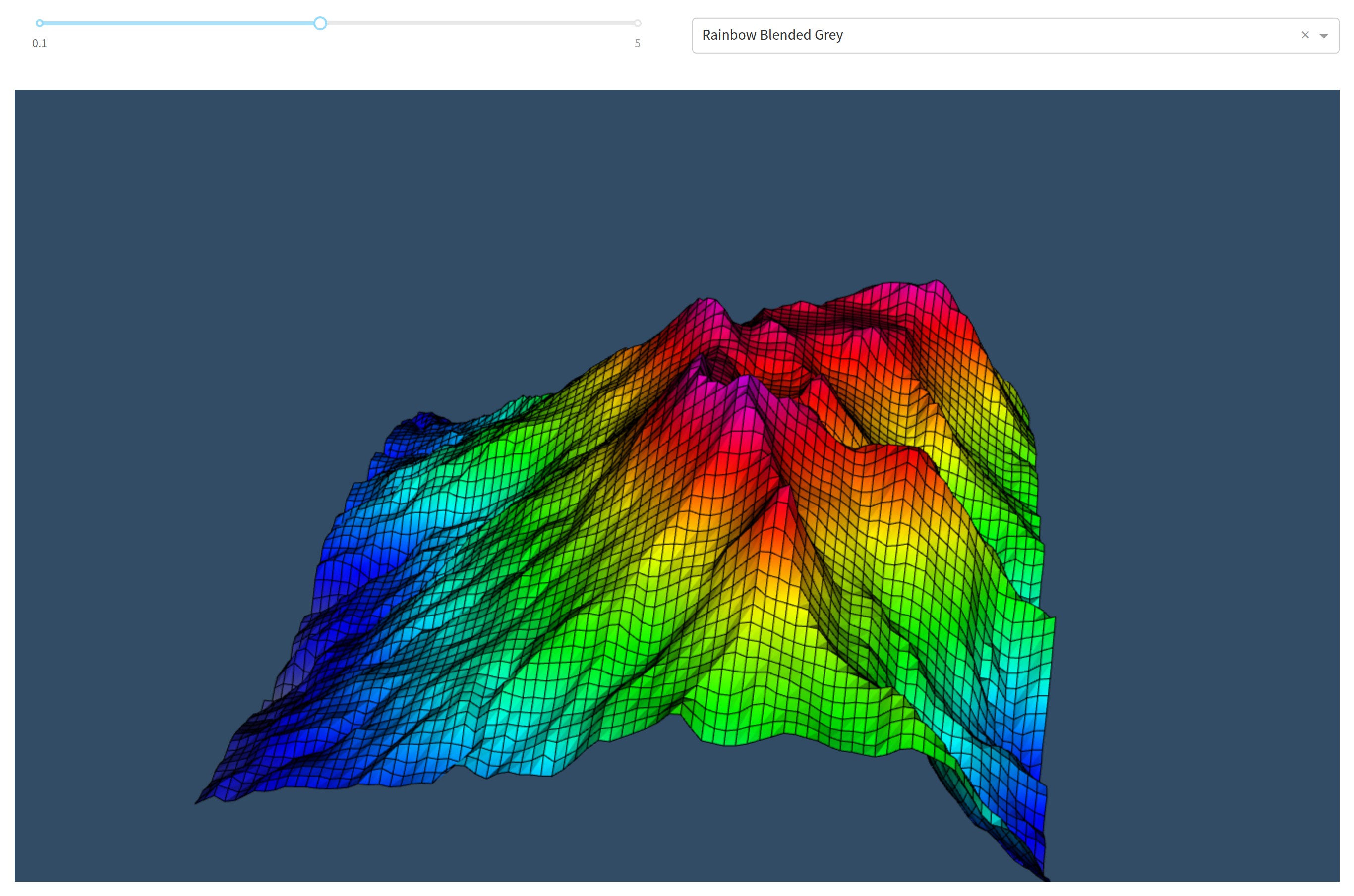
Research
/Security News
9 Malicious NuGet Packages Deliver Time-Delayed Destructive Payloads
Socket researchers discovered nine malicious NuGet packages that use time-delayed payloads to crash applications and corrupt industrial control systems.
Dash VTK lets you integrate the vtk.js visualization pipeline directly into your Dash app. It is powered by react-vtk-js.
 |  |  |
|---|---|---|
 |  |  |
First, install the library through pip:
pip install dash-vtk
Then, create a file called app.py and add the following example:
import dash
import dash_vtk
import dash_html_components as html
app = dash.Dash(__name__)
app.layout = html.Div(
style={"width": "100%", "height": "calc(100vh - 16px)"},
children=dash_vtk.View([
dash_vtk.GeometryRepresentation([
dash_vtk.Algorithm(
vtkClass="vtkConeSource",
state={"resolution": 64, "capping": False},
)
]),
]),
)
if __name__ == "__main__":
app.run_server(debug=True)
Now, simply run the app:
python app.py
For a more detailed example, see usage.py.
First, install the package from GitHub (the package is not yet available via CRAN):
remotes::install_github("plotly/dash-vtk")
then, create your component and add it to your layout:
library(dash)
library(dashVtk)
library(dashHtmlComponents)
app <- Dash$new()
app$layout(htmlDiv(
style = list("width" = "100%", "height" = "calc(100vh - 16px)"),
children = vtkView(list(
vtkGeometryRepresentation(
vtkAlgorithm(
vtkClass = "vtkConeSource",
state = list("resolution" = 64, "capping" = FALSE),
)
)
)
)
app$run_server()
See docs/CONTRIBUTING.md to learn about:
First clone the project (replace <name> with the desired demo):
git clone https://github.com/plotly/dash-vtk.git
cd dash-vtk/demos/<name>/
Create a venv and install the requirements:
python -m venv venv
source venv/bin/activate # for Windows, use venv\Scripts\activate.bat
pip install -e ../../ # IMPORTANT! If you skip you will get the pip version of dash-vtk
pip install -r requirements.txt
Run the demo:
python app.py
Depending on your Python environment, you may run into deployment issue related to the vtk version that get pulled in.
Ideally we want a version of vtk equal or newer than 9. When using such version of VTK, dash-vtk won't even try to load the rendering module of VTK and if OpenGL is not available on your system everything will still be fine.
On the other hand, if you are running python-3.6 and/or pip-18 or less and you don't upgrade your pip version, you will only be able to use vtk<=8.1.2. With vtk 8, there is no way to prevent the loading of the GL library which means that you will have to install libGL on your system, or you will run into errors like this:
File ".../python/lib/python3.6/site-packages/vtkmodules/all.py", line 29, in <module>
from .vtkRenderingOpenGL2 import *
ImportError: libGL.so.1: cannot open shared object file: No such file or directory
[2021-02-08 18:36:15 +0000] [10] [INFO] Worker exiting (pid: 10)
or this:
File ".../python3.7/site-packages/vtk/__init__.py", line 12, in <module>
from .vtkOpenGLKit import *
File ".../python3.7/site-packages/vtk/vtkOpenGLKit.py", line 9, in <module>
from vtkOpenGLKitPython import *
ModuleNotFoundError: No module named 'vtkOpenGLKitPython'
Heroku and Dash Enterprise handle it is slightly different because you will have to install libgl1-mesa-glx via some apt files. In the case of Heroku, you will have to use a buildpack and add libgl1-mesa-glx to a Aptfile located in the root of your project. In the case of Dash Enterprise, you do not need to change the buildpack (it is handled automatically) but you will need to add libgl1-mesa-glx to a apt-packages file instead of Aptfile; see this app as an example.
You can find the complete API reference in docs/REFERENCES.md for each of the following components:
dash_vtk.Algorithm





FAQs
React based declarative usage of vtk.js for Dash
The npm package dash_vtk receives a total of 1 weekly downloads. As such, dash_vtk popularity was classified as not popular.
We found that dash_vtk demonstrated a not healthy version release cadence and project activity because the last version was released a year ago. It has 5 open source maintainers collaborating on the project.
Did you know?

Socket for GitHub automatically highlights issues in each pull request and monitors the health of all your open source dependencies. Discover the contents of your packages and block harmful activity before you install or update your dependencies.

Research
/Security News
Socket researchers discovered nine malicious NuGet packages that use time-delayed payloads to crash applications and corrupt industrial control systems.

Security News
Socket CTO Ahmad Nassri discusses why supply chain attacks now target developer machines and what AI means for the future of enterprise security.

Security News
Learn the essential steps every developer should take to stay secure on npm and reduce exposure to supply chain attacks.